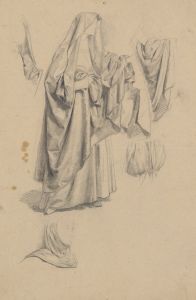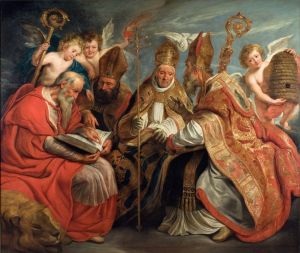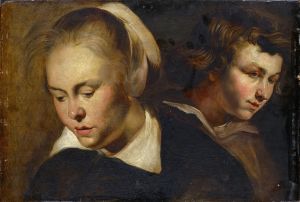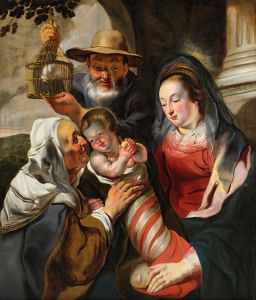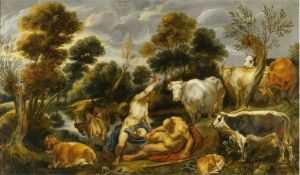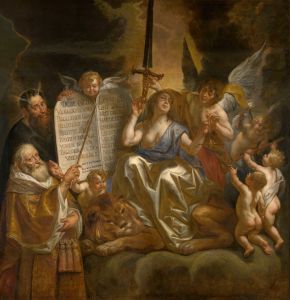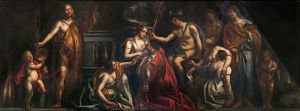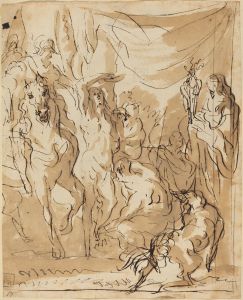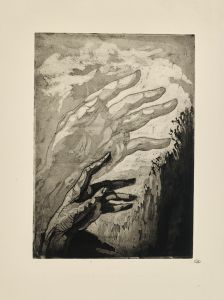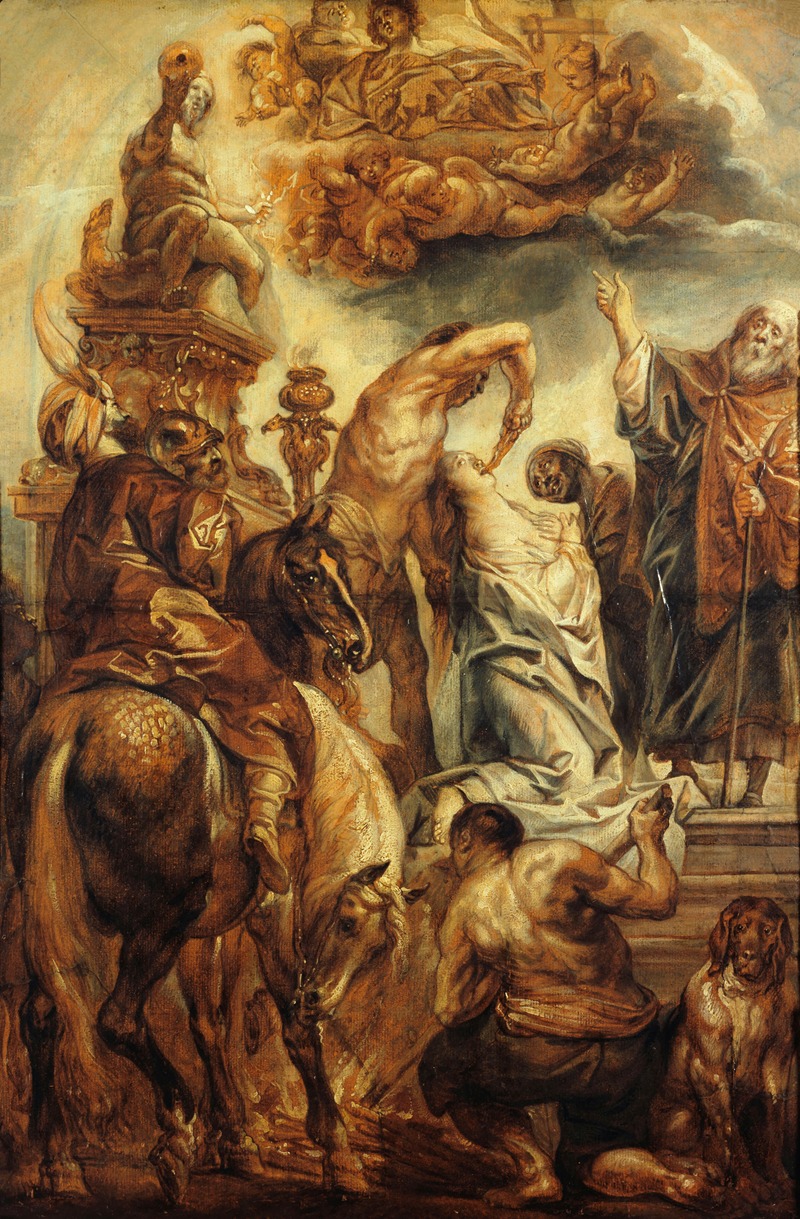
Le Martyre de Sainte Apolline
A hand-painted replica of Jacob Jordaens’s masterpiece Le Martyre de Sainte Apolline, meticulously crafted by professional artists to capture the true essence of the original. Each piece is created with museum-quality canvas and rare mineral pigments, carefully painted by experienced artists with delicate brushstrokes and rich, layered colors to perfectly recreate the texture of the original artwork. Unlike machine-printed reproductions, this hand-painted version brings the painting to life, infused with the artist’s emotions and skill in every stroke. Whether for personal collection or home decoration, it instantly elevates the artistic atmosphere of any space.
Jacob Jordaens, a prominent Flemish Baroque painter, is known for his dynamic compositions and vibrant use of color. One of his works, "Le Martyre de Sainte Apolline," depicts the martyrdom of Saint Apollonia, a Christian saint venerated particularly for her suffering and steadfast faith.
Saint Apollonia was a deaconess in Alexandria during the 3rd century. She is best known for her martyrdom during a local uprising against Christians. According to historical accounts, she was seized by a mob, who violently knocked out her teeth and threatened to burn her alive unless she renounced her faith. Saint Apollonia bravely chose to leap into the flames herself, thus embracing martyrdom rather than betraying her beliefs. She is often invoked as the patron saint of dentistry and those suffering from dental pain.
Jordaens' depiction of this scene is characteristic of his dramatic style, which was heavily influenced by his contemporaries, Peter Paul Rubens and Anthony van Dyck. Although Jordaens never traveled to Italy, his work reflects the influence of Italian Baroque art, particularly in its use of chiaroscuro and dynamic movement.
In "Le Martyre de Sainte Apolline," Jordaens captures the intense emotion and drama of the moment. The composition likely includes a strong contrast between light and shadow, highlighting the central figure of Saint Apollonia amidst the chaos surrounding her. Jordaens' skillful use of color and texture would bring a vividness to the scene, emphasizing the physical and spiritual turmoil of the martyrdom.
The painting would have been created during a period when religious art was a significant aspect of cultural and spiritual life in Flanders. During the Counter-Reformation, art was used as a tool to inspire faith and convey religious narratives to the public. Jordaens, like many of his contemporaries, contributed to this movement by creating works that were both visually compelling and spiritually resonant.
While specific details about the painting "Le Martyre de Sainte Apolline" by Jacob Jordaens are scarce, it can be assumed that the work aligns with his typical style and thematic interests. Jordaens often depicted scenes from mythology, history, and religion, infusing them with a sense of vitality and immediacy that engaged viewers both emotionally and intellectually.
Jordaens' works are celebrated for their robust figures, rich color palettes, and dynamic compositions. His ability to convey complex narratives through expressive gestures and facial expressions is a hallmark of his style. Although he was not as widely traveled as some of his peers, Jordaens' work reflects a deep understanding of both local and broader European artistic traditions.
Today, Jacob Jordaens is recognized as one of the leading figures of the Flemish Baroque movement. His contributions to art are appreciated for their technical mastery and the way they capture the spirit of his time. "Le Martyre de Sainte Apolline," like many of his works, would serve as a testament to his skill in bringing historical and religious subjects to life with passion and precision.







